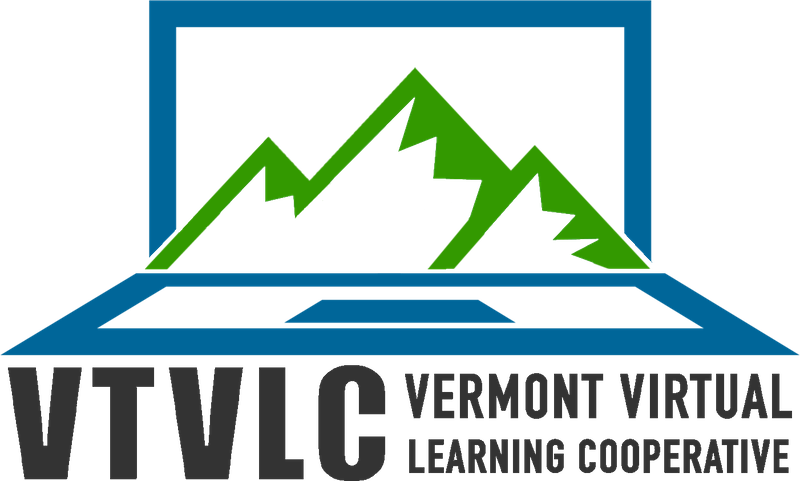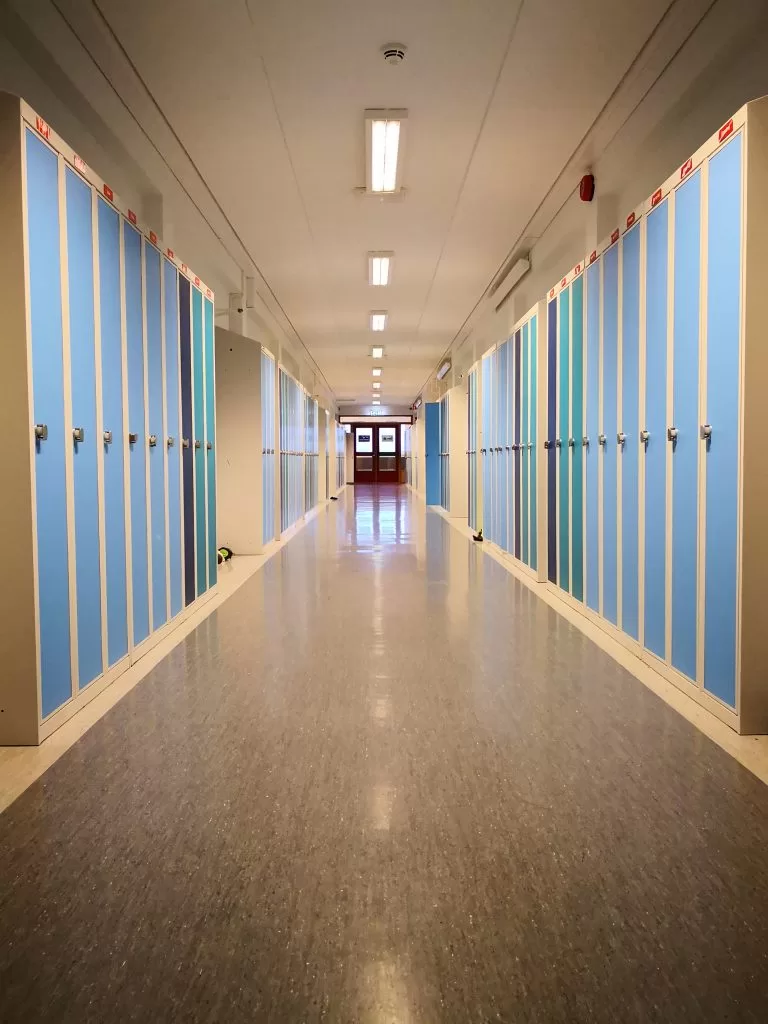VTVLC Student Blog

Differences Between Brick-and-Mortar and Online Learning
There are many differences between VTVLC and in-person learning, especially when it comes to the hands-on work being completed by students. These can make shifting from online to in-person, or vice versa, a tricky adjustment. Some of these key differences consist of time, class structure, and teaching style.
One key difference between online courses and in-person courses lies in the synchronization between teachers and students. Online courses at VTVLC are taught asynchronously, meaning you can determine the timeframe during which you complete your work during the day. For On-Demand classes specifically, you are able to determine the start date of the class and complete the course at your own pace. Conversely, in a brick-and-mortar school, you are given the traditional amount of time to complete the course, either a full year or a semester for some courses. In this case, each day has a fairly explicit set of expectations and goals and sets forth precisely what and when to do specific assignments.
In-person, the course syllabus provides some insight into which assignments and assessments will be coming up, but you are likely not able to actually complete these ahead of time. Depending on the VTVLC course, however, you can complete as many assignments as time allows. Additionally, an online course allows you can see just how many assignments, both formative and summative, the course requires for the year and what kind of weight they have on your grade before you complete them. While you can see most of the assignments you have to complete in a brick-and-mortar course, you can’t always see specific details ahead of time, like how much assignments weigh in your grade.
The work you complete, and when these assignments are set forth, can be dependent on the teacher in a brick-and-mortar environment. At VTVLC, however, this is under the students’ control. This flexibility is great for students who are high-achieving, fast-paced learners, or who have unique schedule constraints. Students who work at a faster pace can move forward at a quicker rate, finishing school as early as they wish while achieving the grades they want. Meanwhile, for students who need to travel, or who have medical issues that prevent them from making it to class, this allows them to complete their work from the comfort of wherever they are and without having to rely on a teacher or others to complete their work.
Assignments are also turned in in a different fashion than what is seen in person. In-person students may have a choice of turning in hard copies of work or completing the assignments online and submitting them via an online classroom. Online, you take quizzes online, submit written work and projects online, and obtain all the information about your assignments online.
Overall, face-to-face classrooms and online classrooms have many differences that help different people thrive: some students will thrive in both environments, while others may perform best in one modality over the other. Perhaps one of the most exciting things about online learning opportunities is the availability of an option that aids in the success of students who struggle to thrive in face-to-face environments.
This flexibility is great for students who are high-achieving, fast-paced learners, or who have unique schedule constraints. Students who work at a faster pace can move forward at a quicker rate, finishing school as early as they wish while achieving the grades they want.


